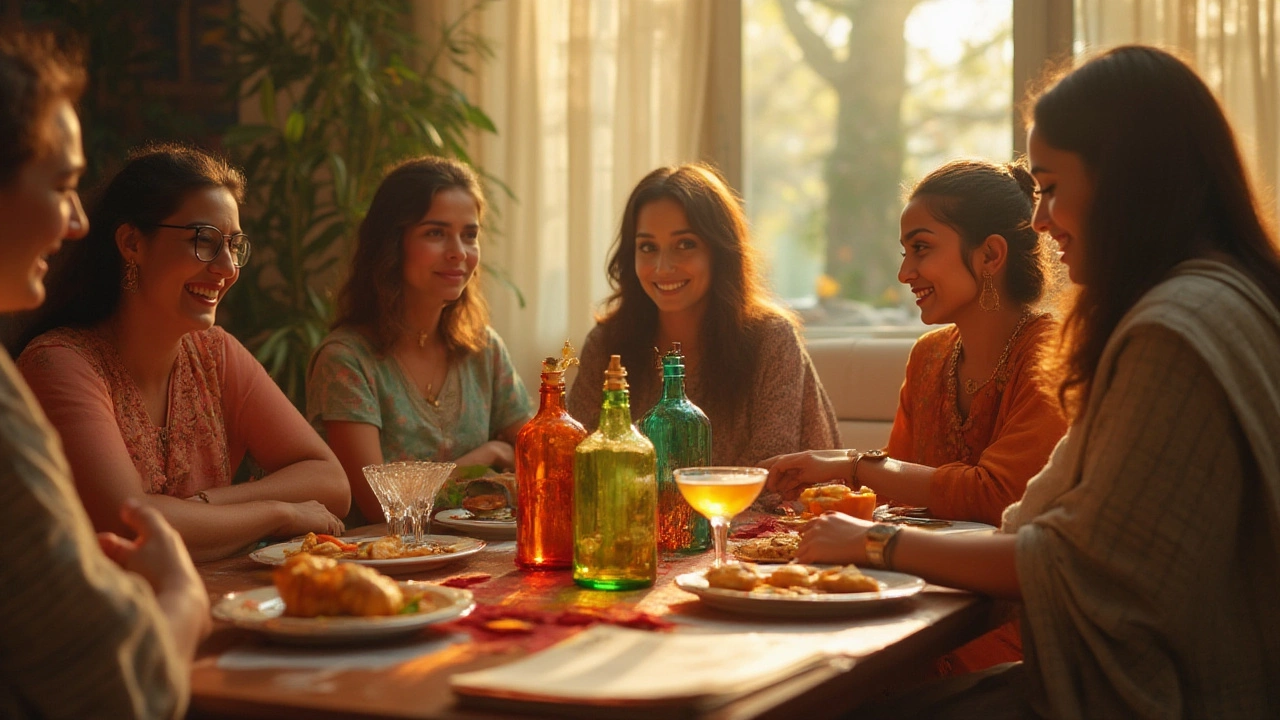
Do you know what separates sipping a spirit from truly tasting it? The difference is night and day—it’s like the leap between hearing a song in the background and feeling every note live at a concert. Whether you’re pouring whiskey, rum, gin, or tequila, a proper spirit tasting transforms every glass into a sensory adventure. Most people miss the hidden details in a good bottle, speeding through a pour as if it’s another forgettable drink. But there’s so much more inside each drop. Imagine being able to pick out the hint of roasted coffee in a dark rum or the whisper of green apple in single malt whiskey. Once you learn how to taste spirits, every drink becomes a story. Ready to level up your tasting game?
Setting the Scene for Spirit Tasting
Environment matters. You want enough light to judge the color, and fresh air that won’t cover up the aroma. Candle-lit dinners and heavy-scented bouquets have their charm, but keep them away for spirit tasting. The point is—your nose does half the work here. The ideal room is neutral and clean. Wooden tables feel classic, but any surface works as long as you clear out food scraps, perfumes, and cleaning sprays. If you’re tasting outside on a breezy evening, a calm spot away from the grill is better.
Glassware isn’t just for show. Those tulip-shaped glasses you sometimes see at tastings? They aren’t fancy for the sake of being fancy. Their inward curve captures and focuses aromas, making it easier for you to smell all those sneaky notes. If you don’t have specialty glasses, a small white wine glass is a solid stand-in. Line up your glasses if you’re tasting more than one spirit—consistency helps compare colors and aromas side by side.
Temperature changes everything. Spirits served at room temp (usually around 18°C to 20°C, or 64–68°F) reveal their true character. Too cold and the flavors shrink; too warm and the alcohol takes over. If your spirits have been sitting in a chilly cupboard or next to the oven, tweak them until they’re just a touch below room temp. A handy tip: if condensation forms on the outside, it’s probably too cold. Swap the ice cubes out for a water dropper. Adding a tiny bit of water (literally a few drops) unlocks hidden aromas in whiskey or rye that you’d never spot otherwise.
Preparation is everything, but don’t overthink it. Have a glass of water and a few plain crackers handy as palate cleansers. Skip the sweet or spicy snacks—those flavors often linger and confuse your taste buds. Ready to make it social? Spirit tastings work amazingly in small groups. Encourage everyone to have a notepad for scribbling down what jumps out at them. It’s amazing how much you’ll learn just from sharing thoughts out loud.
The Anatomy of a Spirit Tasting: Step-by-Step
Spirit tasting follows a ritual, but it’s anything but stuffy. Start by pouring a small amount—around one ounce—into your glass. Hold it by the stem or base, so you don’t accidentally warm the spirit with your hand. Take your time. Good tasting is slow tasting.
- Look: Raise your glass to eye level. Spirits reveal a lot about themselves in their color and clarity. Whiskey, for instance, will shift from pale gold to deep amber based on barrel aging. Clear spirits like vodka should be—no shock here—totally clear. Swirl the glass gently. Watch how the legs, or tears, form on the glass wall. They say something about both alcohol strength and texture but don’t overanalyze them. In rum tastings, older rums start to develop mahogany or reddish tones. Tequilas too: blancos are clear, reposados take on light gold, and añejos go amber. Chart your color observations in a notebook.
- Smell: This is where things get interesting. Hover your nose above the rim, not right in the spirit—no one likes a nose full of alcohol burn. Breathe in lightly. First impressions often leap out: maybe fresh-cut grass, caramel, orange peel, or smoky campfire. Spirits can contain hundreds of aromatic compounds. Most experts smell once, wait a moment, then go back for another round. Each time reveals something different. Whiskey fans often talk about malty notes, nuts, vanilla, or a whiff of leather. Gin drinkers will notice juniper, pine, and floral hints—try to call out a few if you can. It’s not about being right or wrong; your memories matter here. If it reminds you of your grandma’s kitchen or a box of crayons from childhood, write it down.
- Taste: Take a small sip. Let it sit on your tongue, then gently move it around your mouth to hit all your taste buds. What do you notice right away? Spirits open with an immediate sensation—heat from alcohol, sweetness, spice, bitterness, or creamy smoothness. Flavor is layered. The front of your tongue picks up sweetness, the sides catch acidity or tang, and the back feels bitterness or lingering flavors (called the finish). Whiskey may flirt with honey, cinnamon, or dried fruit. Good rums show molasses, oak, banana, or dark chocolate. Tequila’s earthiness smacks of pepper, citrus, or agave. Don’t rush to swallow—exhale gently through your nose after you taste. This ‘retronasal’ breathing helps detect subtle flavors.
- Finish: Once you swallow, the flavors don’t just vanish—they morph. A great spirit leaves a lingering warmth or aftertaste that’s worth savoring. Maybe there’s tobacco, coffee, vanilla, citrus peels, or a gentle spice. Note how long this finish lasts. Experts love using dramatic terms: some say a finish runs short (a quick flash), medium (a few moments), or long (it stays with you, even after talking a bit). If it tastes delicious but fades instantly, that’s just as interesting to note as something with marathon persistence.
The real trick is not to let the booze take over your senses. Too much spirit at once can numb your palate, so use water between samples. If you’re sampling multiple types, start with lightest flavors first (vodka or gin), then work up to heavier or more aged styles (whiskey, rich rum, smoky mezcal). And remember—no one has a ‘superior’ palate. Tasting is personal, and every sip teaches you something new.
| Spirit | Common Age Range | Flavor Notes |
|---|---|---|
| Whiskey (Scotch Single Malt) | 10-18 years | Dried fruit, vanilla, oak, smoke |
| Rum (Añejo) | 5-15 years | Molasses, toffee, banana |
| Tequila (Añejo) | 1-3 years | Agave, vanilla, caramel |
| Brandy (Cognac) | 2-10 years | Grapes, spice, toasted oak |
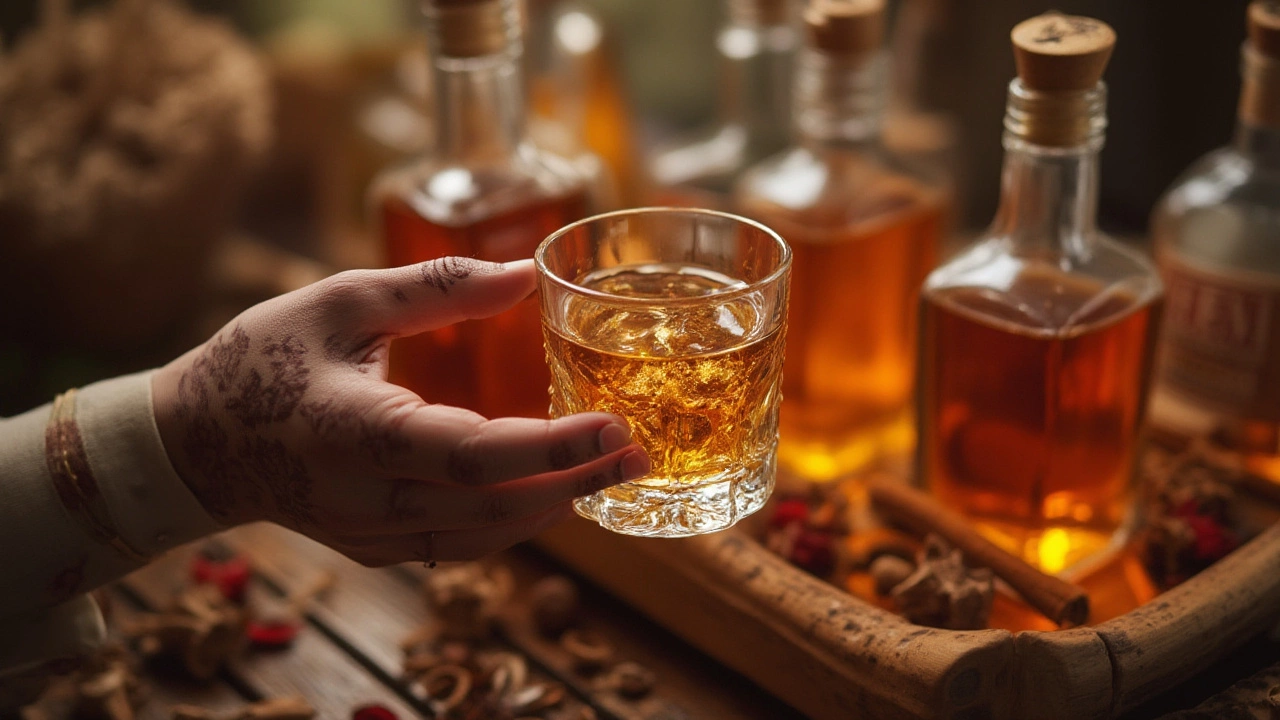
Tips and Tricks for Sharpening Your Senses
Ever wonder how spirits pros pick up “cinnamon toast” or “white pepper” in a glass? It’s part practice, part memory. Start building your own aroma and flavor vocabulary. Next time you’re at the grocery store, sniff your way through the herb section—rosemary, basil, citrus zest, even black pepper. Get used to associating scents with names. Many people can spot familiar smells but can’t put a word to them. Smell everything: open a jar of jam, crack a vanilla pod, sniff a handful of mint.
Your mood can shape your perception. Feeling rushed, tired, or stuffed from dinner? Your senses dull. Set aside a little patch of time for a tasting when you’re open and curious. Your sense of smell is sharpest earlier in the day or right after a gentle walk. And don’t let alcohol get ahead of you. Spit tastings aren’t just for wine—if you’re trying a line-up of strong spirits, spitting keeps you focused and less tipsy. That’s how the pros work their way through dozens of samples at big tastings and competitions. For home sessions, aim for no more than three or four spirits in a row. Too many and your nose turns to mush.
Comparisons are powerful. Taste two whiskeys side-by-side, or two brands of silver tequila. The differences jump out—maybe one is sweeter, spicier, or smoother. This head-to-head method sharpens your senses better than endless solo sips. Change up your brands, ages, and styles for a broader experience. Try mixing in blind tastings. Have a friend pour out samples behind the scenes so you don’t know what’s what—and see if you can guess which is which. This flips what you think you know on its head. Tabulate your guesses, then compare your notes after you reveal the bottles. It’s surprising (and kind of humbling) how often the brain plays tricks.
Some spirits—especially those over 40% ABV—can knock your nose out of commission. If an aroma is harsh, step back for a second. Try swirling the glass, letting some alcohol blow off, then approach again. Adding a single drop or two of water can work wonders on whiskey or cask-strength rums. You’ll soon find that subtle notes—floral, cereal, nutty, or herbal—start pushing through as the burn shrinks.
Document what you find. Jotting down impressions keeps your tasting sharp, and you might be surprised how your descriptions evolve. Maybe your first whiskey note is just “oaky,” but after a few tastings, you’re writing about toasted coconut or dried figs. Some drinkers use tasting wheels (handy charts that group flavors and aromas) to nudge their memory. Plenty of free versions are online—just search “whiskey flavor wheel” or “rum tasting wheel.”
Spirit Tasting Styles: Solo, Social, and Pairings
Tasting spirits isn’t just for whisky snobs or professional judges—it’s for anyone with curiosity and a glass. Solo tastings are low-pressure, perfect for noting subtle shifts between brands or seasons. You’re free to be blunt: if you hate a note, write it down. Some people even record voice memos to remember oddball details their brain will lose by morning.
Group tastings take things up a notch. Sit with friends or coworkers and pour a flight (set) of spirits. Rotate who leads each round, letting everyone describe what they see, smell, and taste before revealing the bottle. Interactive tastings always spark unexpected discoveries. Maybe one person gets “clove and cinnamon,” another picks up “sawdust and licorice.” There’s no bad answer. Laughing over wild descriptions is half the fun.
Pairings add another layer. Spirits like rum, bourbon, or cognac mix well with a plate of simple food. Dark chocolate strips, toasted nuts, or aged cheese work nicely and won’t overwhelm the flavors. If you want to get fancy, try a tiny dish of roasted pineapple next to your golden rum, or a sliver of sharp cheddar alongside a peppery rye whiskey. Don’t go overboard—just a bite or two between tastes is enough.
Want to flex your *spirit tasting* skills? Sign up for distillery tours, virtual tasting events, or mix-it-up clubs. Some distilleries post sample kits online, perfect for a night in. Use this as a springboard—there’s a huge community out there, swapping notes and comparing bottles. And every new tasting is a fresh chance to level up your palate.
Try tracking your tastings using a chart or score sheet. Here’s a simple approach:
- Grade appearance (color, clarity)
- Note three aromas
- Describe taste (sweet, spicy, floral, earthy, etc.)
- Record the finish (length, sensation)
- How did it make you feel?
Over time, tracking these little details helps you spot trends. Maybe you like ryes with a big peppery snap, or you’re always drawn to vanilla-heavy barrels. Spirits aren’t just one-note wonders—they pack dozens of flavors, but you only find them if you slow down and chase them. So pour a glass, stay curious, and see what you uncover next.
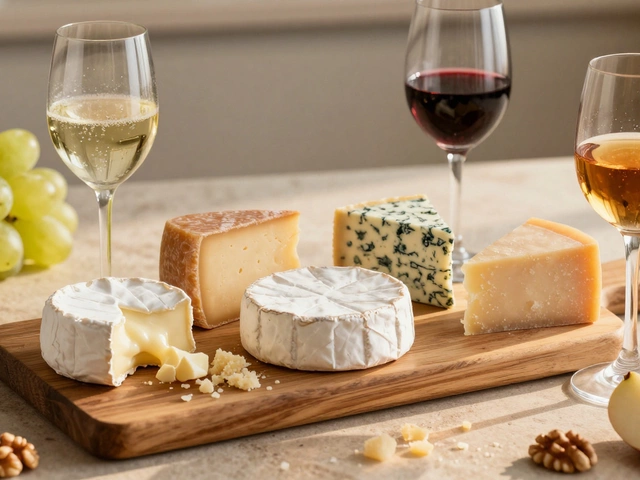


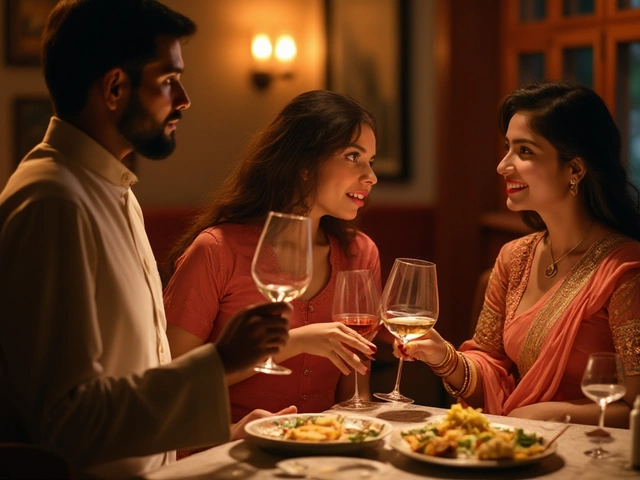
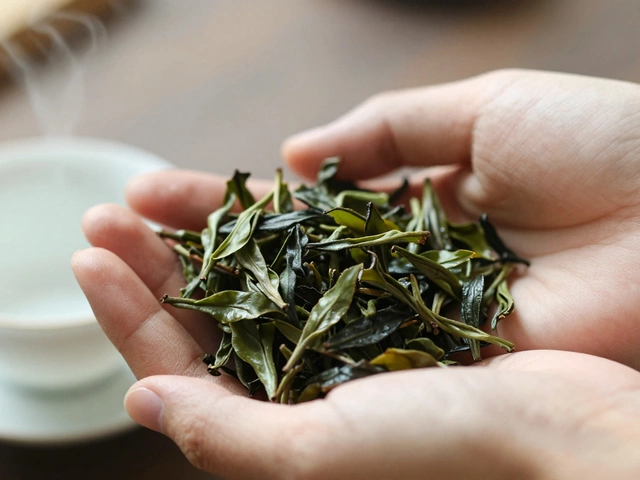
Categories